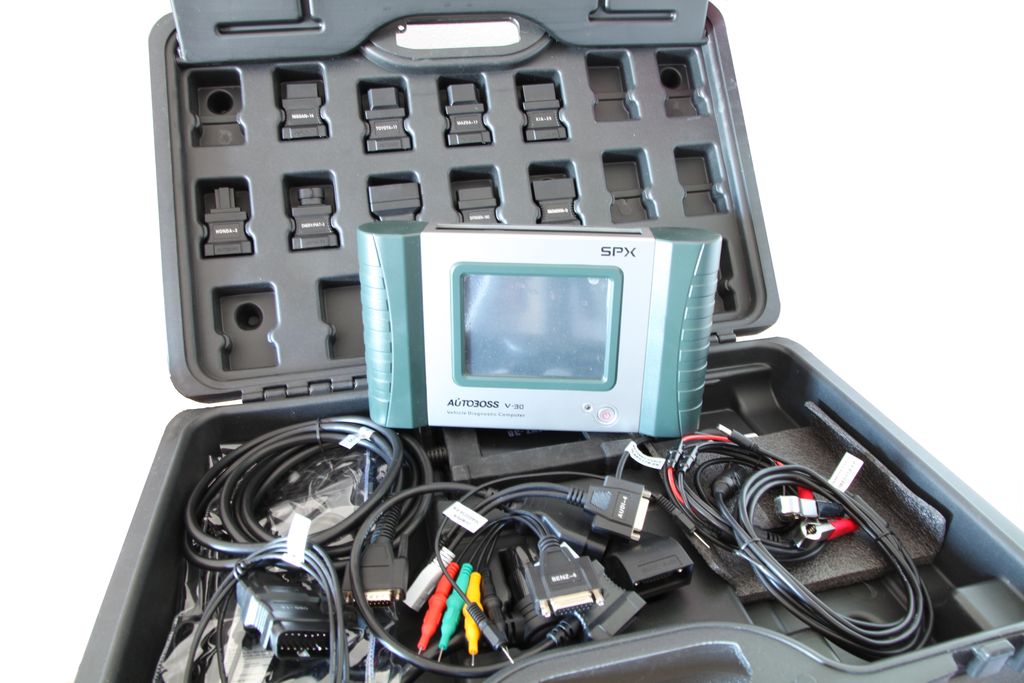Diagnostic tests for cars help with determining if there is something wrong with your vehicle. When driving the car, if you hear an unusual sound or notice irregularity in the functions of any component, an auto diagnostic test can help with detecting what’s going wrong under the hood.
Regular diagnosis of your car can help with finding out problems early, so you can avoid expensive repairs down the road.
Contents
What Is a Car Diagnostic Test?
With modernization in the automotive sector, all car components have been computerized. Because of the use of the Engine Control Module (ECM), which is the central computer system of a vehicle, it becomes easier to find out the troubling sources in car components. Your car or truck may have a power-train control module (PCM) besides the ECM.
The internal computer monitors, controls, and records data about many components. By using a car diagnostic tool, you can scan the vital systems and track down the problem areas. The tool takes information from the processors and sensors of the computer and singles out the codes that indicate trouble with a system.
The computer monitors a bunch of systems and components, including exhaust, transmission, engine, brakes, and others.

Details About the Diagnostic Tests for Cars
Many people think that diagnostic testing for cars is necessary only when the Check Engine Light comes on. This is not the right way to protect your car from a sudden breakdown. Taking a proactive approach will save you from plenty of troubles.
What Diagnostic Tests Are Performed?
So, what are the diagnostic tests that help you find out the problems with your car?
The tests mainly diagnose the following components:
- Engine
- Braking system
- Transmission
- Oil tank
- Ignition coils
- Exhaust system
- Throttle
Apart from the vital systems, the tests scan the airflow, cooling system, fuel injector, and other parts too.
What Information Can You Get from a Diagnostic Test?
Car computer diagnostic tests are vital for identifying troubles in a vehicle. However, it’s not possible to determine the exact reason that causes the problem.
For example, if you use an OBD II (On-Board Diagnostics) scanner to diagnose the ignition system, it can show whether there is something wrong with the ignition timing, ignition coil firing, or the fuel injectors. However, the codes it displays do not contain any details regarding what triggers the problem.
It needs the expertise and knowledge of a technician to decode the error codes and spot the source of the problem. An OBD II scanner displays various codes ranging from P0100 to P1899. Each number and letter in these codes denotes a certain function or glitch.
Even if you are not an experienced mechanic, you can decode these codes. Just doing a simple online search for a code will yield the full explanation. However, taking the repair action will require mechanical expertise.
How Long Does the Testing Take?
Whether you take the car to a repair shop or do the diagnostic tests for cars in your garage, it does not take more than a few minutes. You will need to plug the scanner into the vehicle’s designated port. It will start by reading the Check Engine Light code before moving onto other systems. The scanning takes a couple of minutes but decoding the codes may take some time if you are an amateur.
It may take a few hours at an auto repair shop because there could be a waiting line. Also, after the diagnosis, the mechanic will discuss the issues in detail with you. They will take the repair action only after explaining the issues to you.
SEE MORE
How Often Should You Diagnose the Car?
Most people don’t diagnose their cars until the Check Engine Light comes on or any severe malfunction takes place. Also, saving the mechanic fees is another reason for this dilly-dally.
The ideal car diagnosis frequency should be at least once a month. You can save both time and money by learning to use an OBD II scanner. Then, it would be just a few-minute session each week to do a health checkup of your car.
If the scanning reveals any serious issue, you should contact an expert mechanic to check the car and fix the problem.
Conclusion
Performing diagnostic tests for cars sounds simple, especially if you have an OBD II scanner. However, you should not ignore the testing schedule because it may lead to a serious breakdown or malfunction. A computerized diagnosis can detect problems long before they turn into something severe. A diagnosis gives you a complete picture of the present condition of important car components. So, the testing helps with taking the best repair decision for your car.



